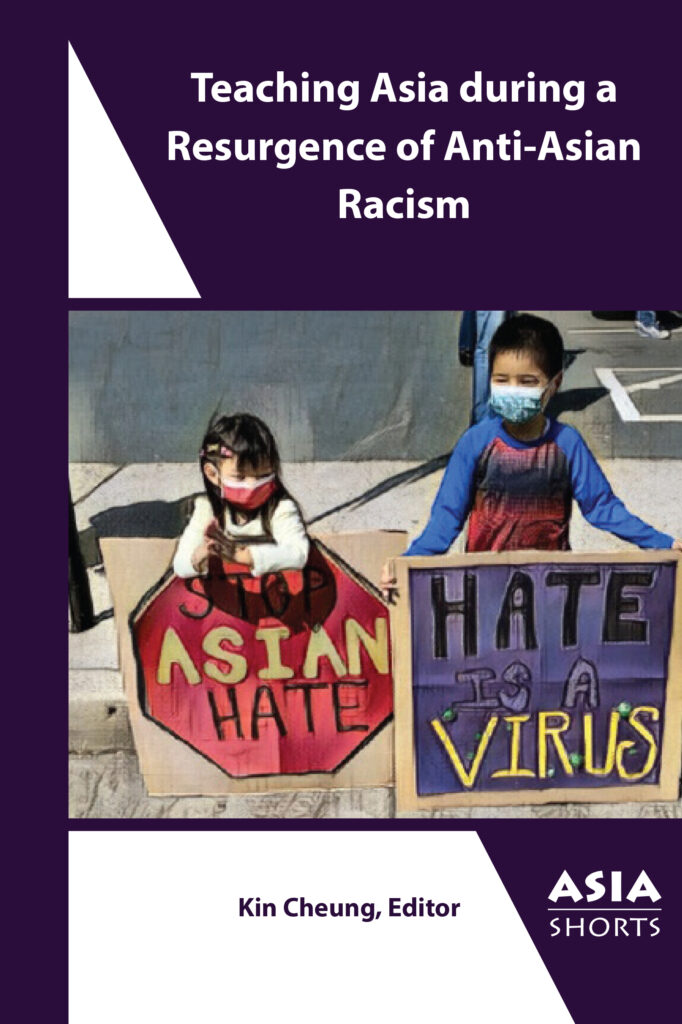This year, Dr. Kin Cheung, associate professor of East and South Asian religions and chair of the Departments of Global Religions and Philosophy at Moravian University, edited two recently published works: Buddhism and Healing in the Modern World and Teaching Asia During a Resurgence in Anti-Asian Racism.
Cheung co-edited Buddhism and Healing in the Modern World with C. Pierce Salguero, a transdisciplinary scholar of health humanities, and Susannah Deane, a “Research & Development Bid Writer of Social Sciences” at UWE Bristol. After Salguero invited the two co-editors to join him in this endeavor, they began reaching out to scholars to contribute chapters.
Their goal with this book was to expand beyond stereotypical views of Buddhism and healing in English-speaking countries.
“We hear mindfulness over and over again, or we hear seated meditation,” Cheung explained. “So, cross-legged, seated meditation, like you’re on top of a mountain. There’s this image, right?”
But Cheung and the other editors wanted to showcase other practices such as Buddhist chants, prostrations, ritual life release, use of amulets and charms, and even exploring topics such as “when mindfulness goes wrong.”
Once authors committed to being a part of the project, they submitted chapter drafts, and the editors provided initial feedback. The entire manuscript was then sent to other scholars for peer review.
Each chapter received different levels of revision, with some only needing minor grammatical work and others needing more substantial changes.
Once revisions were made, the manuscript was sent to their publisher, University of Hawai’i Press, which had previously worked with Salguero.
“Salguero already had a working relationship with the University of Hawai’i Press, and that made it easy, because he had an earlier book with them on Buddhism and healing in East Asia,” Cheung said.
While editing, Cheung shared that he had to be mindful of balancing his editorial voice and the individual thoughts and voices of each author. Along with that, multiple editors had to work together to create one coherent voice.
Buddhism and Healing in the Modern World was ultimately structured around three themes rather than chronological order or regional areas.
“We see what kind of themes these eight chapters have, and the themes help us organize,” Cheung explained. “How can we put chapters together, maybe a part one and part two, or maybe do it through three parts? Do we put them in a specific order? Do we go by chronology, or do we go by region?”
From the original idea to the final publication, the entire process took about three years.
Cheung’s other editing work, Teaching Asia During a Resurgence in Anti-Asian Racism, was based on a conference panel, which Cheung received positive feedback from.
It is a collection of chapters written by Asian American faculty members who were actively teaching during the COVID-19 pandemic and the subsequent rise of anti-Asian rhetoric.
“So I just thought about people that I knew that might be interested in writing a conference paper, and everyone that I contacted, pretty much was on board,” Cheung said. Afterward, “I said, ‘Hey, do you want to revise it and submit it for publication?’ And they were all on board.”
The book was published as an open-access volume through the Association for Asian Studies after a similar peer review and editorial process.
For Cheung, the most difficult part of the publication process was waiting for peer review.
“It is completely outside of our control,” he said. “The [peer editors] are volunteering to do this, so it might be lower on their priority list, and it just takes them a long time.”
Cheung explained that during this time, it is also important that the editor continues to communicate timelines with everyone involved in the creation of the book.
The cover of a book is the last consideration before publication. The photo on the cover of Buddhism and Healing in the Modern World came from Cheung’s co-editor, Salguero. However, the cover of Teaching Asia During a Resurgence in Anti-Asian Racism has a special sentimental value for Cheung.
“It’s an image that my good friend took of his children protesting and holding up signs, and we’re really good friends,” Cheung said. “In fact, he is the godparent to my children, and I am the godfather to the two little kids on the book cover.”
“One of the contributors said that it’s really great to see you leading this from the very beginning to the very end,” Cheung said.








